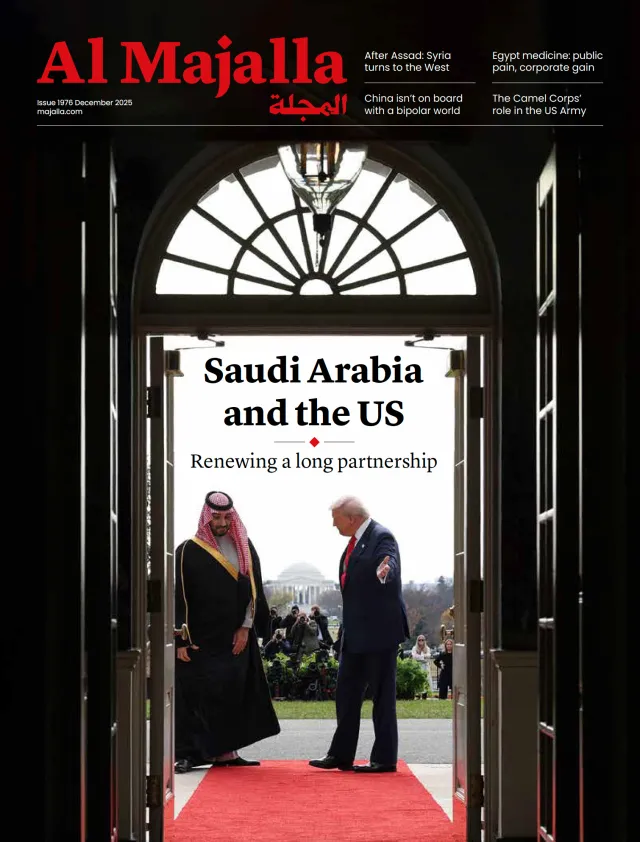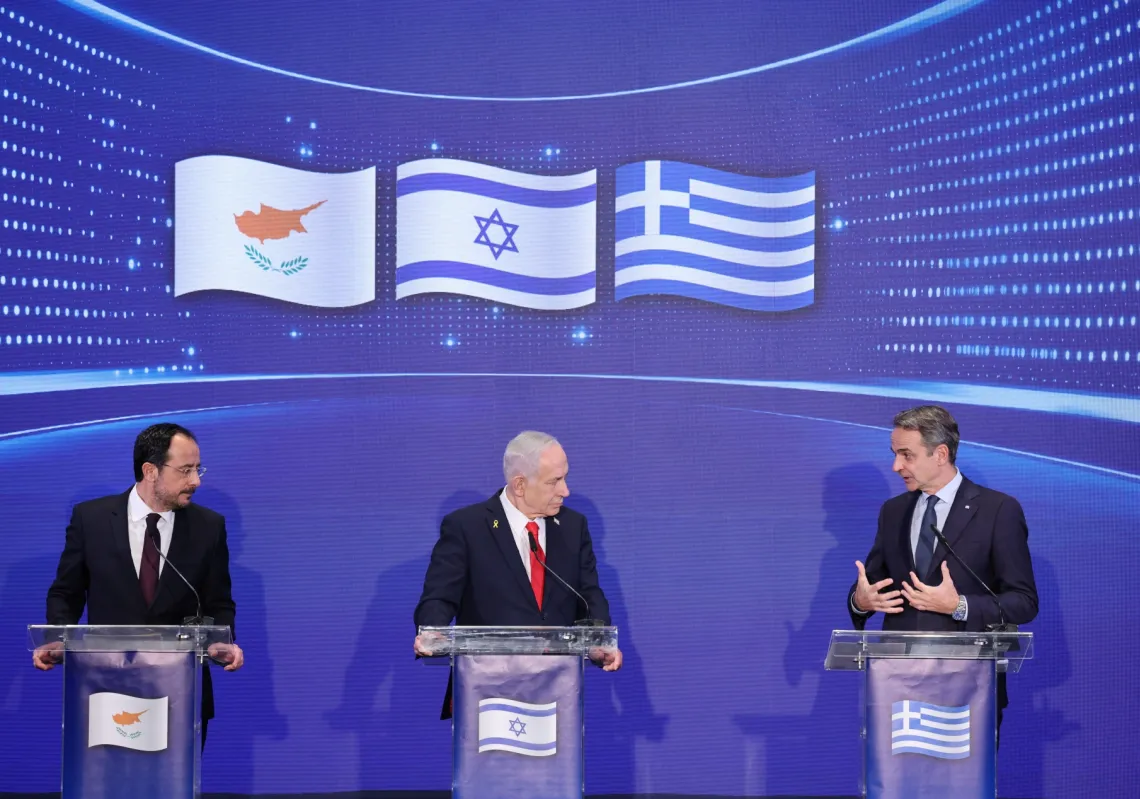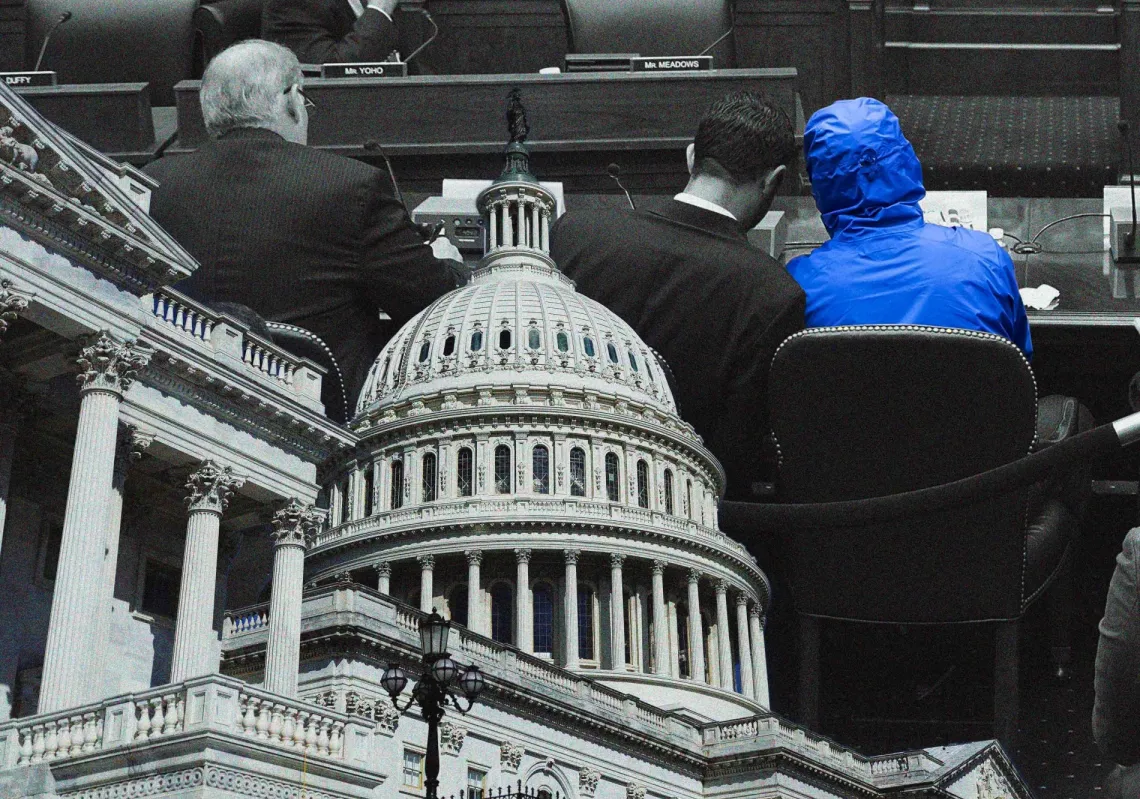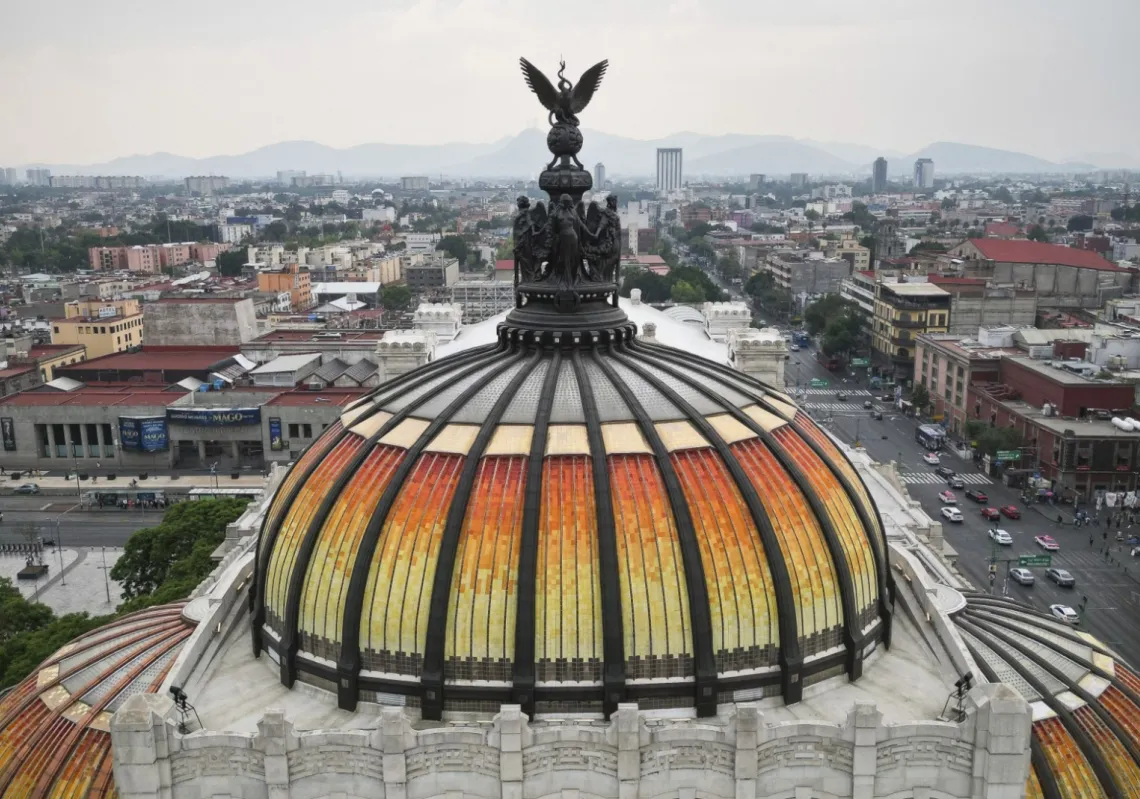The Middle East is going through a critical period of social and cultural transformation that will shape the region’s future. The transformations taking hold across the region aren't uniform, but together they are ushering in a new social contract as societies adapt to the unfolding political and economic changes in the region.
Traditionally, many Middle Eastern states were bound by a social contract in which governments provided welfare, public sector jobs, and subsidies. This model is rapidly changing into one in which states provide citizens with opportunities for innovation and entrepreneurship. One of the most striking shifts in this regard is the explosion of cultural production, artistic expression, and technological innovation, marking a deeper transformation in how the Middle East is viewed globally and how its societies view themselves.
Innovation surge
The Gulf states—particularly Saudi Arabia, the UAE, and Qatar—are actively crafting a new social contract through ambitious initiatives. Governments are replacing oil-based wealth distribution with opportunities for participation in dynamic, diversified economies. Young people are encouraged to see themselves as entrepreneurs, artists, and global citizens contributing to national visions. This is transforming the Gulf into a regional hub of cultural innovation.
For decades, Egypt and Lebanon were the Arab world’s leaders in terms of music and audiovisual production. Egyptian and Lebanese singers and composers, as well as Egyptian cinema and television series, respectively, dominated the music and film industries in the Middle East. But economic shifts contributed to the gradual migration of entertainment production centres outside of Egypt and Lebanon.
Today, thanks to Gulf national visions, much of this talent is finding a home in Saudi Arabia, the UAE, and Qatar, where it is joining forces with local talent. The combination of Gulf resources and pan-Arab artistry is ushering in a renaissance in the Arab cultural scene.
Saudi Arabia is now hosting events like MDLBeast Soundstorm, one of the world's largest music festivals, attracting international DJs and local talent alike. Saudi Arabia’s Gamers8 Festival is part of its goal to become a major player in the global gaming industry. Riyadh Season—a months-long entertainment and cultural festival—attracts millions of visitors, promoting diverse events from esports tournaments to poetry readings.

The three Gulf countries are positioning themselves as global film and entertainment hubs. In 2020, Saudi Arabia launched the Red Sea International Film Festival in Jeddah, promoting regional and international filmmakers. The sister Red Sea Film Festival Foundation not only supports the local film industry in Saudi Arabia but also funds international films.
In Qatar, the Doha Film Institute supports independent Arab filmmakers, providing a platform for stories that explore new identities. The UAE's twofour54 media zone in Abu Dhabi has attracted major Hollywood productions like Mission: Impossible and Star Wars films.
This renaissance is not limited to the world of entertainment but also includes visual art and technology. Katara Cultural Village in Qatar is designed to bridge heritage with modern artistic expression, offering space for theatre, music, and visual arts. The UAE continues to host initiatives like Art Dubai and the Sharjah Biennial and is home to several museums showcasing both regional and international art. Literary culture is booming with festivals like the Emirates Airline Festival of Literature, and Emirati authors are gaining international recognition.
The arts are a key component of Saudi Arabia’s Vision 2030, which is seeing the establishment of world-class museums and art biennales. The Diriyah Biennale Foundation is helping to position Riyadh as a global contemporary art centre. Cultural innovation is at the heart of those establishments. In January 2025, Saudi Arabia launched Diriyah Art Futures in Riyadh, which is the Middle East’s first-ever hub of new media and digital art.
The rise of the Gulf as a hub of cutting-edge cultural innovation is not only helping transform the economy but also transforming societies in Gulf countries and beyond. Thanks to the proliferation of digital media, the new generation in the Middle East is one of digital natives who are more connected with their peers all over the world than any previous generation in the region ever was.

This new generation is not satisfied with being a consumer of entertainment and culture produced elsewhere. The region’s young population is one of creators who want their voices heard and their talents recognised globally, and who see themselves as active participants in developing their own countries.
Socio-economic transformation programmes like Saudi Arabia’s Vision 2030 and We the UAE 2031 are presenting the countries’ residents with platforms that nurture their ambitions and their skills. Massive investments in culture in the Gulf are also reshaping the regional and global image of Arab societies.
Cultural revival
The impact of those development plans is not limited to Gulf countries. The changes happening in the Gulf cultural scene support cultural revival in the Arab world at large. This is due to the involvement of people from all Arab countries in the cultural industries in the Gulf as well as to the increasing visibility of the cultural innovations in the Gulf, which are acting as a development model to be followed in other countries.
This brings added value to the citizens of countries like Lebanon and Syria, who never stopped being cultural creators and social innovators despite multiple waves of war and conflict. In Lebanon, independent galleries like Sursock Museum, artist-run spaces like Ashkal Alwan, and music festivals such as Beirut & Beyond have been at the forefront of innovation for decades, offering critical platforms for expression, resilience, and experimentation.

The 2019 protests marked a turning point. Citizens rejected the old sectarian-based system and demanded accountability, transparency, and real economic opportunity. While political elites resisted structural reform, Lebanese society began forging a new kind of grassroots civic engagement, driven by a younger, tech-savvy generation.
Alternative education hubs, start-ups, and creative collectives sprouted up to fill gaps left by the failing state. Today, with Lebanon’s new government focusing on remedying the failures of past governments, Lebanon’s civil society and creative communities no longer want their role to be performing the duties of the state but to be engaging with the state through self-empowerment as citizens.
This change in the social contract is helping community-driven innovation thrive. In response to government failure after the Beirut port blast in 2020, volunteer networks like Live Love Beirut mobilised resources and expertise to rebuild homes, feed displaced families, and help bring communities together through artistic and cultural expression. As Lebanon looks forward to moving beyond conflict, its position as a vibrant cultural hub has the opportunity to grow.
The new Lebanese government recognises that culture can be both an economic driver and a tool for social empowerment. The signs are promising in Lebanon under its current leadership to capitalise on this new alignment between the vision of the state and that of the citizens. Not only does this provide opportunities for growth of the country’s creative economy, but it also plays an important role in building social cohesion among Lebanon’s diverse communities, especially due to the social strains of multiple wars.
This dynamic also resonates in Syria, where a decade of conflict has shattered the old state-centric social contract. Although what remained on the ground after the ousting of the regime of Bashar al-Assad was a patchwork of community-driven initiatives, Syrians—including in the diaspora—never gave up on efforts to reconstruct Syrian identity through cultural production and entrepreneurship. Cultural initiatives like the Syrian Cultural Index and Creative Memory of the Syrian Revolution are preserving Syrian arts, literature, and music.















